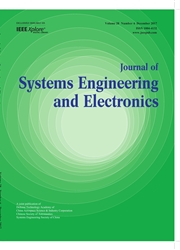

 中文摘要:
中文摘要:
尽管近年来针对文本聚类问题进行了大量研究,其仍然是数据挖掘领域的一个富有挑战性的问题,特别在弱相关特征乃至噪声特征的处理上,仍然存在诸多挑战。针对这一问题提出了文本聚类的分解-组合算法框架——DIAS。该方法首先通过简单随机特征抽样将高维文本数据进行分解得到多样化的结构知识,其优点是能够较好地避免产生大量的噪声特征。然后采用基于信息理论的一致性聚类(ICC)将多视角基础聚类知识组合起来,得到高质量的一致性划分。最后通过在8个真实文本数据集上的实验,证明DIAS算法相较于其他被广泛使用的算法具有明显优势,特别在处理弱基础聚类上具有突出效果。由于在分布式计算上的天然优势,DIAS有望成为大规模文本聚类的主流算法。
 英文摘要:
英文摘要:
Although being extensively studied, text clustering remains a critical challenge in data mining community due to the curse of dimensionality. Various techniques have been proposed to overcome this difficulty, but the negative impact of weakly related or even noisy features is yet the hunting nightmare. Meanwhile, we should never lose sight of the explosive growth of unlimited user-generated content on social media, which is extremely sparse and poses further challenge on the efficiency issue. In light of this, a disassemble- assemble (DIAS) framework is proposed for text clustering. Simple random feature sampling is employed by DIAS to disassemble high-dimensional text data and gain diverse structural knowledge by avoiding the bulk of noisy features. Then the multi-view knowledge is assembled by fast information-theoretic consensus clustering (ICC) to gain a high-quality consensus partitioning. Extensive experiments on eight real-world text data sets are conducted to demonstrate the advantages of DIAS over some widely used methods. In particular, DIAS shows appealing merits in learning from a bulk of very weak basic partitionings. Its natural suitability for dis- tributed computing makes DIAS become a promising candidate for big text clustering.
 同期刊论文项目
同期刊论文项目
 同项目期刊论文
同项目期刊论文
 期刊信息
期刊信息
